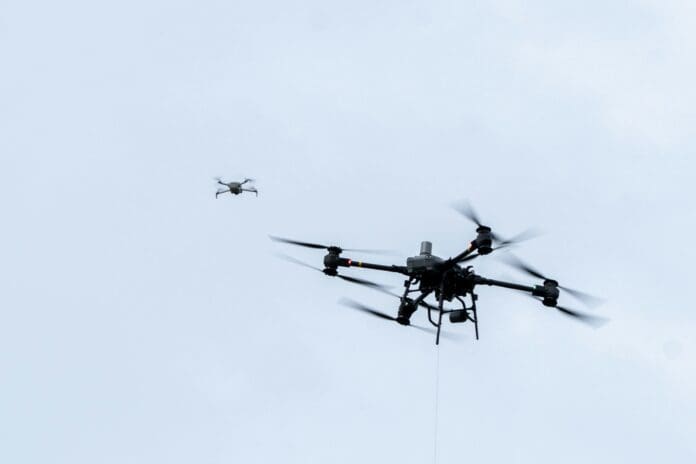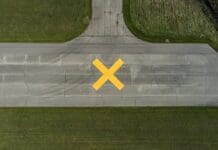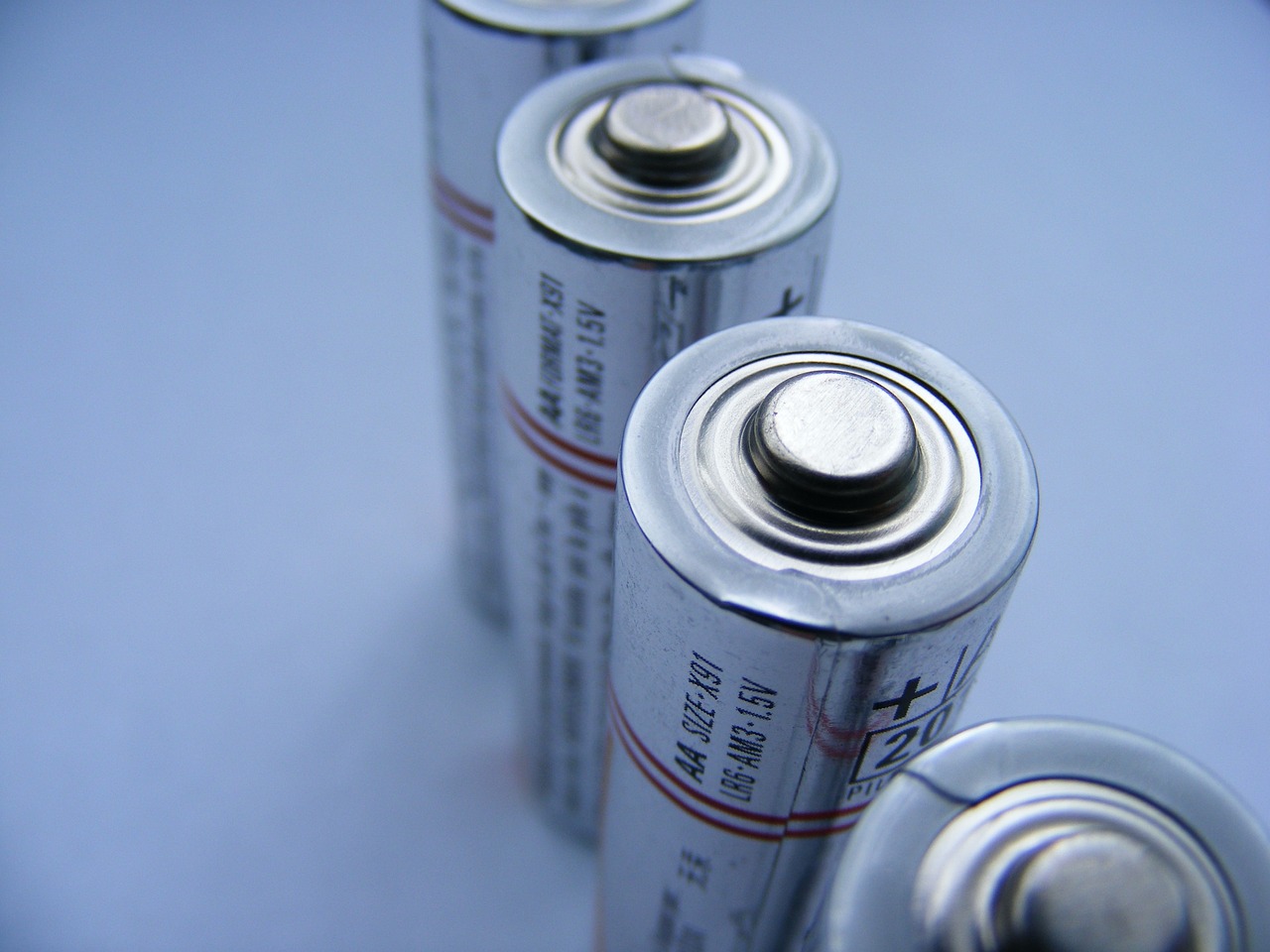This post is also available in:
 עברית (Hebrew)
עברית (Hebrew)
A new drone coordination system developed by researchers at Westlake University in China demonstrates the ability to exchange tools mid-flight — a capability that could expand how drones operate in complex missions such as infrastructure inspections or emergency response.
The system, called FlyingToolbox, enables two multi-rotor drones to work together in close proximity, with one drone carrying tools and the other retrieving and using them. This tool-sharing operation is carried out while both drones are airborne, requiring high stability and precision despite turbulent flight conditions.
One of the main challenges addressed by the system is managing the downwash effect — the forceful airflow generated by drone propellers, particularly from the upper drone onto the one below. This airflow can reach speeds over 13 meters per second, making stacked drone formations historically unreliable for fine tasks, according to Interesting Engineering.
FlyingToolbox avoids these issues by combining software-based airflow prediction with hardware and vision-based solutions. A neural network continuously estimates turbulence and helps the drones adjust their relative positions. Optical tracking using visual markers allows alignment to within millimeters, even under unstable airflows.
The drone designated as the “toolbox” carries several tools on board, while the “manipulator” drone uses a robotic arm to pick up and return them. Magnetic connectors and flexible mountings help ensure secure docking even when minor misalignments occur. In controlled tests, the system performed 20 consecutive tool transfers with a docking accuracy of under one centimeter.
This level of coordination goes beyond typical drone swarming or autonomous flight. It enables aerial systems to collaborate dynamically — dividing tasks and sharing capabilities mid-operation — which could be critical in scenarios where human access is limited or unsafe.
The developers are now working on adapting the system for outdoor environments and expanding the arm’s dexterity to accommodate more advanced tool handling. The research, published in Nature, reflects a broader trend of extending drone capabilities.


























